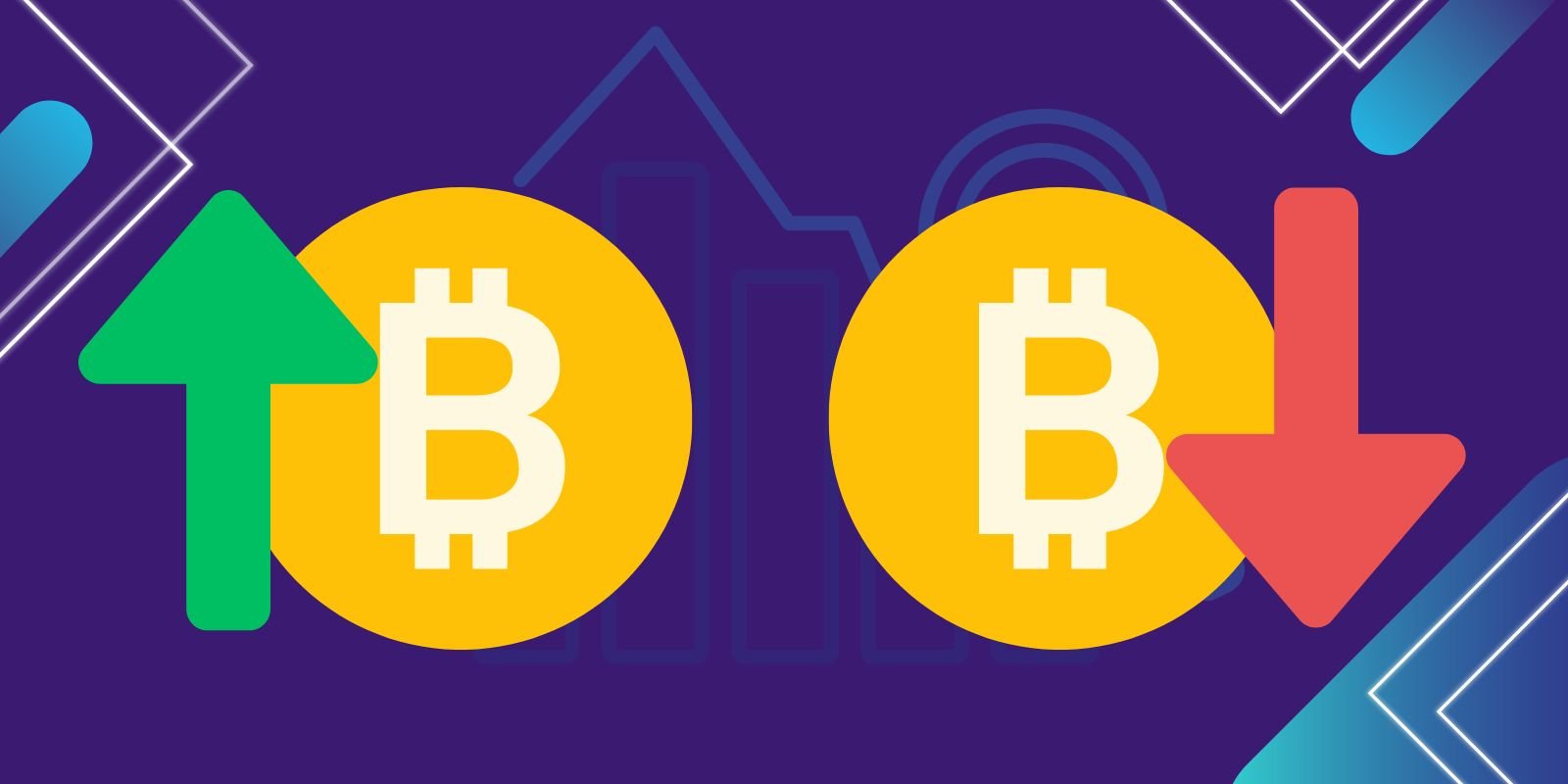When it comes to blockchain technologies, the term ‘hard fork’ is often used, yet few understand its original purpose and how it works. A hard fork occurs when users diverge from the rules previously communicated to users in order to enjoy the benefits of the protocol.
Understanding Hard Fork
A Hard Fork is a radical change to the blockchain protocol, in which previously valid blocks/transactions are considered invalid. This can occur due to a software update, as well as changes in network consensus rules that allow nodes/miners to choose different sets of transactions to validate and confirm.
A hard fork allows new features and bug fixes, however, it may also result in unintended consequences such as splitting the chain into two incompatible versions. It is important for users to stay up-to-date with the latest protocols when using blockchain technology to understand the potential risks of a hard fork and how it could affect their operations.
What is Blockchain?
Blockchain is a highly innovative technology that promises to revolutionize the way we transact and store data. By providing users with a transparent, secure, and immutable digital ledger, blockchain can help businesses gain trust.
It also allows for Bitcoin transaction records to be constantly updated on a distributed public ledger with copies held across multiple nodes, making it nearly impossible to tamper with.
Forks In Blockchain
There are multiple types of forks in blockchain technology. The most common type of fork is software forks and hard forks. The software fork creates a new version of the software that is not backward-compatible with the old software. A blockchain fork can also happen at the protocol level. This type of fork creates a new set of rules that are not compatible with the old rules. Forks can also happen at the consensus level, which means that there is a disagreement about the rules of the network.
How Do Hard Forks Function?
Hard forks can bring dramatic changes to a blockchain. These changes can be extremely beneficial to the development of a blockchain-based ecosystem since they can introduce new features, improve scalability and enhance security when users buy cryptocurrency or sell these digital assets. However, before any changes are implemented, the network must first come to a consensus that such changes should take place.
This is done using a mechanism known as hard forks which allows an old version of a blockchain’s protocol to be replaced by the new one in an upgrade.
Uses of Hard Forks
1. Hard forks are often used to upgrade the software of a blockchain or to fix critical security issues.
2. Hard forks can also be used to change the rules of a blockchain or to create a new cryptocurrency altogether.
3. One notable use of a hard fork was the creation of Bitcoin Cash, which was created in August 2017 in order to increase the block size of Bitcoin.
4. Another usage of a hard fork was the creation of Ethereum Classic, which was created in July 2016 in response to the theft of funds from The DAO.
Pros & Cons of Hard Forks
Pros of Hard Forks
1. A hard fork can help to improve the security of a blockchain by fixing vulnerabilities that have been exploited in the past.
2. A hard fork can also help to improve the scalability of a blockchain by increasing the block size or changing the way that data is stored on the chain.
3. A hard fork can also help to improve the usability of a blockchain by changing the way that transactions are processed or by adding new features to the platform.
4. A hard fork can also help to improve the decentralization of a blockchain by giving more power to users and developers.
5. A hard fork can also help to improve the overall stability of a blockchain by making it more resistant to changes in the future.
Cons of Hard Forks
1. Hard forks can be disruptive to the network.
2. Hard forks can create confusion and lead to a loss of confidence in the currency.
3. Hard forks can split the community and lead to infighting.
4. Hard forks can be used to manipulate the currency.
5. Hard forks can be used to attack the network.
Hard Forks vs. Soft Forks
When discussing the blockchain, a key point of debate is when it comes to hard forks and soft forks. A hard fork is a permanent, irreversible split in a blockchain while a soft fork offers a temporary divergence until a single chain emerges.
A good way to think about this distinction is comparing it to changes made to software: whereas hard forks are major upgrades that cannot be undone, soft forks are more like updates and changes that can be rolled back if needed.
FAQs
What is a forked blockchain?
A forked blockchain is a result of profound changes made to the source code and ledger of an existing blockchain. By applying a fork to the original chain, new rules are introduced that create a separate entity that shares past transaction history with the main chain while deploying new features and protocols. Decentralized projects use these forks as an innovative way to upgrade the network, introducing more resilient consensus algorithms, increasing scalability and speed or allowing a token swap for those who participate in the fork.
What is an example of a hard fork?
A hard fork is a permanent divergence in the blockchain, typically occurring when non-upgraded nodes can’t validate blocks created by upgraded nodes that follow newer consensus rules. An example of this is a core protocol upgrade, like when Ethereum split into Ethereum (ETH) and Ethereum Classic (ETC). This occurred when developers determined that a certain set of transactions needed to be reversed due to a code exploit.
What are the potential risks of hard forks and how can they affect operations?
A hard fork is a permanent divergence in the blockchain, that commonly occurs when non-upgraded nodes cannot validate blocks created by upgraded nodes that follow new consensus rules. This could lead to losses in productivity and higher costs and the potential of opening up security vulnerabilities.
Conclusion
In conclusion, hard forks are necessary and beneficial to the blockchain community both as a preventative measure and as a way to introduce new features. They provide a way for developers to create decentralized versions of their networks without corrupting the original chain. They also play an important role in making sure that changes to the blockchain protocol are fair, transparent, and secure. Hard forks are also means of ensuring more reliability with decentralized cryptocurrencies like Bitcoin and Ethereum. With hard forks being so central to the growth of blockchains, they will undoubtedly remain an integral part of the future development process of most new assets and projects released on those networks.









